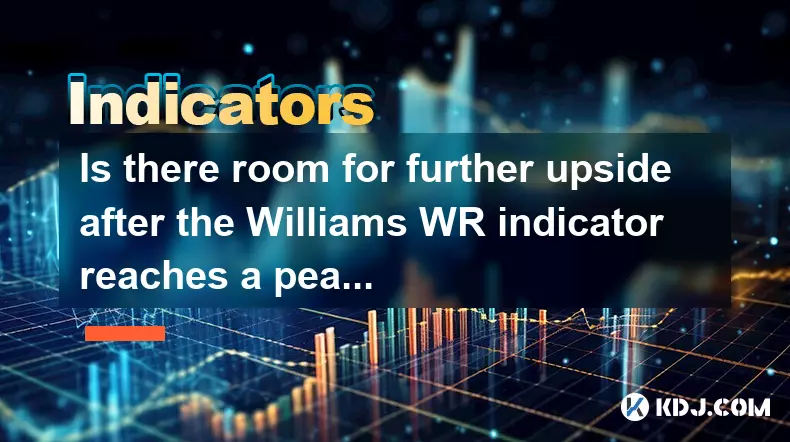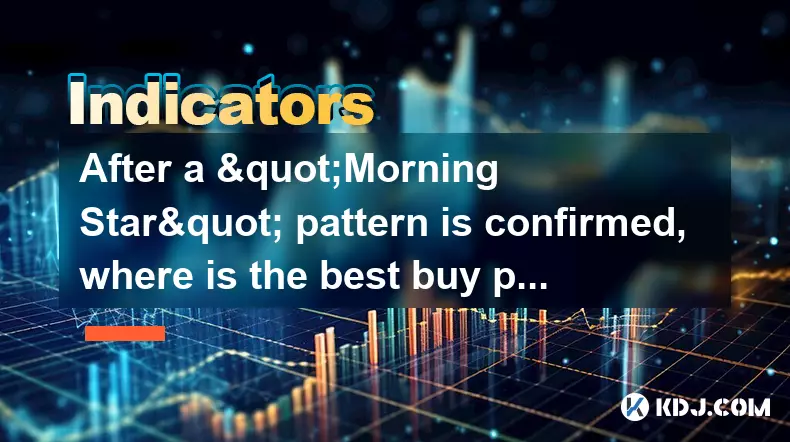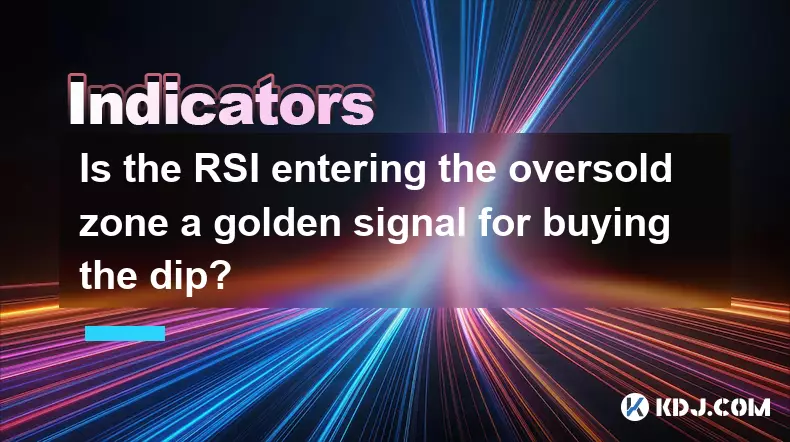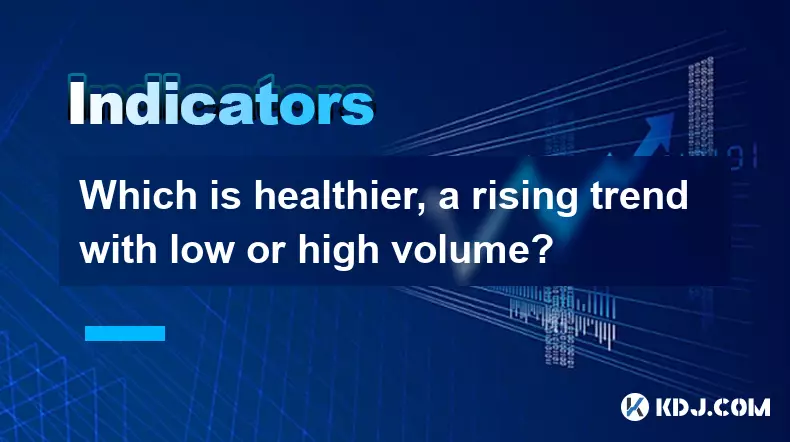-
 bitcoin
bitcoin $116081.691955 USD
0.27% -
 ethereum
ethereum $4718.826985 USD
4.26% -
 xrp
xrp $3.117247 USD
1.97% -
 tether
tether $1.000569 USD
0.05% -
 solana
solana $243.054176 USD
4.43% -
 bnb
bnb $928.830975 USD
2.58% -
 usd-coin
usd-coin $0.999771 USD
0.06% -
 dogecoin
dogecoin $0.279957 USD
6.58% -
 cardano
cardano $0.934111 USD
3.21% -
 tron
tron $0.352358 USD
0.96% -
 hyperliquid
hyperliquid $55.389469 USD
-2.38% -
 chainlink
chainlink $25.141431 USD
2.36% -
 sui
sui $3.750736 USD
1.93% -
 ethena-usde
ethena-usde $1.001249 USD
0.04% -
 stellar
stellar $0.406611 USD
2.17%
Is a pullback after a moving average system is broken a good time to buy?
After a crypto price breaks below a key moving average, pullbacks often fail due to weak volume, institutional selling, and shifted market psychology, leading to further downside.
Sep 12, 2025 at 05:54 am

Understanding Pullbacks in the Context of Moving Averages
1. When a cryptocurrency’s price breaks below a key moving average—such as the 50-day or 200-day MA—it often signals weakening momentum and a potential shift in trend direction. Traders closely monitor these levels because they represent collective market sentiment over specific periods.
2. A pullback occurs when the price briefly moves back toward the broken moving average after the initial breakdown. This retracement can create the illusion of a reversal, tempting traders to re-enter long positions under the assumption that support has returned.
3. However, in a bearish environment, the former support level often becomes resistance. The psychological significance of the moving average shifts once it is decisively breached, making rallies toward it more likely to stall than reverse.
4. Volume plays a crucial role during these pullbacks. If the volume on the rally toward the moving average is lower than the volume during the breakdown, it suggests weak buying interest and increases the probability of rejection.
5. Technical confirmation such as bearish candlestick patterns (e.g., shooting stars or bearish engulfing) at the moving average level strengthens the case against treating the pullback as a buying opportunity.
Why Most Pullbacks After MA Breaks Fail to Sustain Reversals
1. Institutional traders and algorithmic systems often use moving averages as dynamic risk thresholds. Once breached, automated sell orders and stop-loss triggers are activated, reinforcing downward pressure.
2. Retail traders may misinterpret pullbacks as bargain opportunities, but their buying power is typically insufficient to overcome institutional selling pressure. This imbalance leads to failed rallies.
3. Momentum indicators like the RSI or MACD frequently remain in negative territory during these pullbacks, signaling that underlying strength has not returned despite the price movement.
4. In trending markets, especially in crypto where volatility amplifies directional moves, reversions to broken technical levels serve more as exit points for late shorts rather than entry zones for new longs.
5. Historical data across major cryptocurrencies like Bitcoin and Ethereum show that pullbacks following moving average breakdowns result in further downside approximately 70% of the time within the first two weeks post-break.
Strategies to Evaluate Pullback Validity
1. Wait for a retest of the broken moving average with strong rejection—characterized by long upper wicks and increased volume—to confirm continued bearish control before considering any countertrend action.
2. Use higher timeframes (daily or weekly) to assess whether the moving average break aligns with broader structural damage, such as a breakdown of an ascending channel or loss of a prior swing high.
3. Monitor on-chain metrics like exchange inflows and holder behavior. A spike in exchange deposits during a pullback suggests holders are using the rally to offload holdings, undermining bullish sentiment.
4. Combine moving average analysis with trendline breaks and Fibonacci extensions. If the pullback fails to reclaim a critical retracement level (e.g., 61.8%), it reinforces the bearish narrative.
5. Avoid entering long positions solely based on proximity to a moving average. Instead, require confluence from multiple indicators—such as rising open interest in futures alongside stabilizing volatility—to justify counter-trend entries.
Frequently Asked Questions
Can a pullback after a moving average break ever be a valid buy signal?Yes, but only under specific conditions: if the overall macro trend remains bullish, the break was caused by short-term panic (like a flash crash), and the pullback shows strong volume-supported reversal patterns. These cases are rare in sustained downtrends.
Which moving average carries the most weight in crypto trading?The 200-day moving average is widely watched as a benchmark for long-term trend health. A close below this level often triggers widespread deleveraging, while the 50-day MA serves as an intermediate-term gauge of momentum.
How do you differentiate between a pullback and a reversal?A pullback lacks sustained follow-through buying and typically retraces less than 50% of the prior decline. A true reversal shows consecutive higher highs and higher lows, accompanied by strengthening momentum and on-chain accumulation.
Should stop-loss orders be placed near broken moving averages?Placing stop-losses just above recently broken moving averages is common among short sellers. For long positions, doing so can lead to premature exits, as these levels often act as traps due to temporary whipsaws before resuming the primary trend.
Disclaimer:info@kdj.com
The information provided is not trading advice. kdj.com does not assume any responsibility for any investments made based on the information provided in this article. Cryptocurrencies are highly volatile and it is highly recommended that you invest with caution after thorough research!
If you believe that the content used on this website infringes your copyright, please contact us immediately (info@kdj.com) and we will delete it promptly.
- Meme Coins: Final Hours for Exponential Returns with Arctic Pablo Coin?
- 2025-09-13 14:05:17
- Dogecoin Howls at the Moon: ETF Debut Sparks Price Jump… or Does It?
- 2025-09-13 12:25:15
- Navigating Crypto Income Streams: Cloud Mining, Altcoins, and the 2025 Landscape
- 2025-09-13 10:25:15
- Arctic Pablo, PancakeSwap, Ethereum & Stellar: The Crypto Cocktail You Need to Know
- 2025-09-13 10:25:15
- APC Presale Finale, Polkadot 2.0, and Litecoin ETF: Crypto's September Showdown
- 2025-09-13 10:30:01
- Meme Coins, Dogecoin, and Trending X: What's the Hype?
- 2025-09-13 12:25:15
Related knowledge

Is there room for further upside after the Williams WR indicator reaches a peak?
Sep 11,2025 at 07:36pm
Understanding the Williams %R in Crypto Markets1. The Williams %R is a momentum oscillator developed by Larry Williams to identify overbought and over...

What is the success rate of a TRIX golden cross?
Sep 11,2025 at 02:18am
Understanding the TRIX Indicator in Cryptocurrency Trading1. The TRIX (Triple Exponential Average) indicator is a momentum oscillator designed to filt...

After a "Morning Star" pattern is confirmed, where is the best buy point?
Sep 10,2025 at 06:00pm
Understanding the Morning Star Pattern1. The Morning Star is a bullish reversal candlestick pattern that typically forms at the end of a downtrend. It...

Is the RSI entering the oversold zone a golden signal for buying the dip?
Sep 09,2025 at 02:55pm
Understanding the RSI and Its Role in Crypto Trading1. The Relative Strength Index (RSI) is a momentum oscillator widely used in the cryptocurrency ma...

Which is healthier, a rising trend with low or high volume?
Sep 09,2025 at 04:00pm
Understanding Volume in Market Trends1. Volume serves as a critical indicator when analyzing the strength of a rising trend in cryptocurrency markets....

Should I unconditionally sell my position after a death cross?
Sep 11,2025 at 11:00am
Understanding the Death Cross in Cryptocurrency Markets1. The death cross is a technical indicator that occurs when a short-term moving average, typic...

Is there room for further upside after the Williams WR indicator reaches a peak?
Sep 11,2025 at 07:36pm
Understanding the Williams %R in Crypto Markets1. The Williams %R is a momentum oscillator developed by Larry Williams to identify overbought and over...

What is the success rate of a TRIX golden cross?
Sep 11,2025 at 02:18am
Understanding the TRIX Indicator in Cryptocurrency Trading1. The TRIX (Triple Exponential Average) indicator is a momentum oscillator designed to filt...

After a "Morning Star" pattern is confirmed, where is the best buy point?
Sep 10,2025 at 06:00pm
Understanding the Morning Star Pattern1. The Morning Star is a bullish reversal candlestick pattern that typically forms at the end of a downtrend. It...

Is the RSI entering the oversold zone a golden signal for buying the dip?
Sep 09,2025 at 02:55pm
Understanding the RSI and Its Role in Crypto Trading1. The Relative Strength Index (RSI) is a momentum oscillator widely used in the cryptocurrency ma...

Which is healthier, a rising trend with low or high volume?
Sep 09,2025 at 04:00pm
Understanding Volume in Market Trends1. Volume serves as a critical indicator when analyzing the strength of a rising trend in cryptocurrency markets....

Should I unconditionally sell my position after a death cross?
Sep 11,2025 at 11:00am
Understanding the Death Cross in Cryptocurrency Markets1. The death cross is a technical indicator that occurs when a short-term moving average, typic...
See all articles









































































